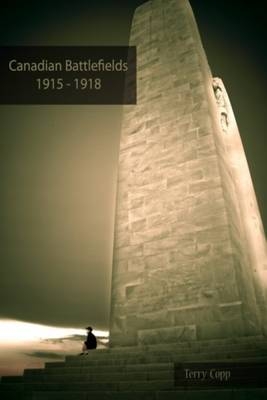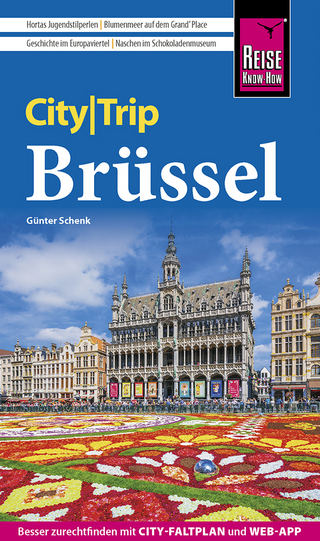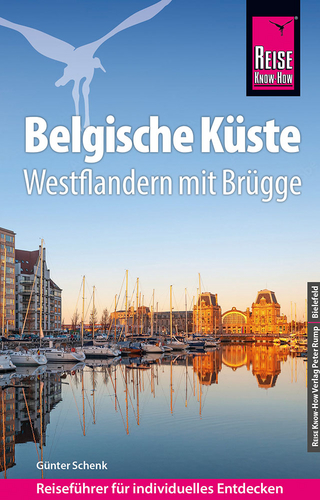
Canadian Battlefields 1915–1918
Laurier Centre for Military, Strategic and Disarmament Studies (Verlag)
978-1-926804-11-8 (ISBN)
- Titel ist leider vergriffen;
keine Neuauflage - Artikel merken
Most of the world remembers the First World War as a time when, as historian Samuel Hynes put it, "innocent young men, their heads full of high abstractions like Honour, Glory, and England ... were slaughtered in stupid battles planned by stupid Generals." English-speaking Canadians have for the most part accepted this view and supplemented it with an imaginative version of a war in which their soldiers won great victories and forged a new national identity. Both approaches have served to promote literary, political, and cultural agendas of such power that empirical studies of actual wartime events have had little impact on the historiography. A new generation of scholars has challenged those approaches, however, insisting that the reality of the war and the society that produced it are worthy of study. This guide to the Canadian battlefields in France and Belgium offers a brief critical history of the war and of Canada's contribution, drawing attention to the best recent books on the subject. It focuses on the Ypres Salient, Passchendaele, Vimy, and the "Hundred Day"s battles and considers lesser-known battlefields as well. Battle maps, contemporary maps, photographs, war art, and tourist information enhance the reader experience.
Terry Copp is the director emeritus of the Laurier Centre for Military Strategic and Disarmament Studies and a professor emeritus at Wilfrid Laurier University. He is the author or co-author of fourteen books and many articles on the Canadian role in the Second World War, including travel guides to the Canadian battlefields. Fields of Fire: The Canadians in Normandy won the 2004 Distinguished Book Award for non-US history from the American Society for Military History. Terry also authored No Price Too High: Canadians and the Second World War which led to the acclaimed television series No Price Too High where he was the lead military historian. Matt Symes has worked and taught extensively on the history of war and memory and is co-author of five battlefield guidebooks, including Canadian Battlefields 1915â1918: A Visitorâs Guide . Symes was co-editor (with Geoffrey Hayes and Mike Bechthold) of Canada and the Second World War: Essays in Honour of Terry Copp. Nick Lachance is a student at Wilfrid Laurier University and a Research Assistant at LCMSDS. Many of his photos appear in this guide. Lachanceâs primary responsibility was to use modern satellite images from Google Earth and rework them into the 59 historical and tour maps inside the guide.
1. How many kinds of people are there? 2. The personality trap 3. People on autopilot 4. flexing 5. People shrink their worlds 6. We are all capable of change 7. Shaping a life 8. Why the past doesnt help our future9. We are all habit machines 10. Habits come in many forms 11. The myth of willpower 12. Becoming habit-free 13. Inertia and the status quo bias 14. The pull of the past 15. Shaping a new self 16. Show me a stressed person and Ill show you a habit machine 17. Small changes, big consequences 18. Alleviating stress 19. The birth of FIT Science 20. Inner FITness constancies 21. Awareness 22. Fearlessness 23. Self-responsibility 24. Balance 25. Conscience 26. Harmony among the constancies 27. Outer FITness behavioural flexibility28. Behavioural dimensions 29. Doing the right thing 30. The stress and inefficiency zone 31. Behaving differently with different people 32. The optimal behavioural range 33. Making the most of a situation includes you too 34. flex transition relabelling feelings and repetition 35. Moving on and expanding tastes too 36. Back to stress and the discomfort zone 37. New behaviours have effects on others38. Does a leopard change its spots? 39. Do Something Different 40. What does a Do Something Different intervention look like? 41. How does Do Something Different work? 42. Interactions between the two selves 43. Experiencing and reflecting on our own development 44. The golden rules for behaviour change 45. Bringing about long-term behaviour change 46. Coherence comes from doing the right thing 47. Towards greater personal coherence 48. Levels of coherence 49. How personal coherence has consequences over time 50. Coherence units 51. Apparent and real incoherence 52. Why greater coherence leads to better decisions53. Choices do get made, even if we feel we dont make them 54. The myth about decision-making 55. Choice/decision is illusory 56. Why people get paid for making big decisions 57. DSD and decision-making 58. Why does DSD improve decisions? 59. People are not choice machines 60. Self-lying and self-deception 61. A modest claim flex can change the world! 62. Advantages of flex at a personal level 63. Advantages of flex for the organisation 64. Advantages of flex in the social domain 65. flex and world issues
| Verlagsort | Waterloo, ON |
|---|---|
| Sprache | englisch |
| Maße | 152 x 229 mm |
| Themenwelt | Reiseführer ► Europa ► Belgien |
| Reiseführer ► Europa ► Frankreich | |
| Geschichte ► Allgemeine Geschichte ► Neuzeit (bis 1918) | |
| Geschichte ► Allgemeine Geschichte ► 1918 bis 1945 | |
| Sozialwissenschaften ► Politik / Verwaltung | |
| ISBN-10 | 1-926804-11-2 / 1926804112 |
| ISBN-13 | 978-1-926804-11-8 / 9781926804118 |
| Zustand | Neuware |
| Haben Sie eine Frage zum Produkt? |
aus dem Bereich


